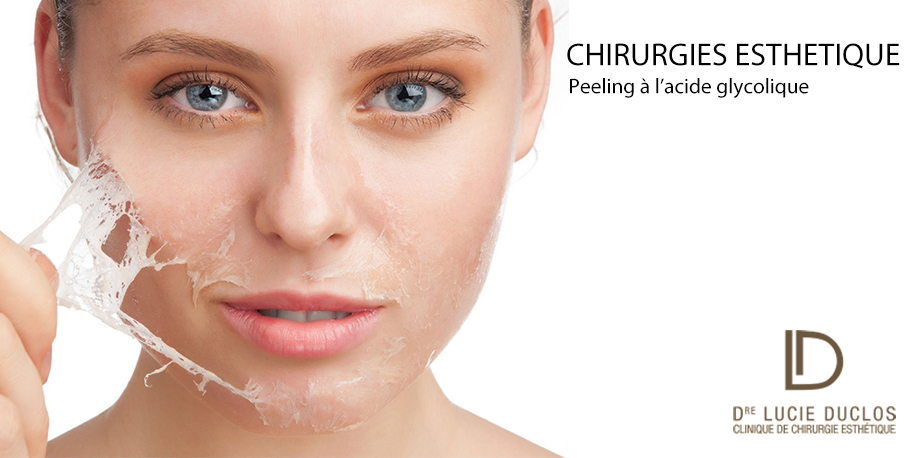
Peeling for a fresh and rejuvenated face
Want to give your face a facelift with a peel? Before you get started, find out everything you need to know about this aesthetic medicine technique!
Peeling is an acid-based chemical process which aims to renew the upper layers of the epidermis of the skin and reactivates the natural production of collagen. New cells will form for a visibly fresher and more toned complexion. It treats spots, certain scars and also small wrinkles. It dissolves dead cells, eliminates impurities, tightens enlarged pores and improves the radiance of the complexion:
Differentiating from mechanical exfoliations, the peel uses natural fruit acids in varying concentrations. Glycolic acid is a “fruit acid” (alpha hydroxy acid or AHA) extracted from sugar cane, which reduces the adhesion of corneocytes, the skin cells constituting the stratum corneum, the most superficial layer of the epidermis. It is a non-toxic substance and does not cause allergies. This is an effective process that has been used for several decades.
Glycolic peeling chemically exfoliates a thin layer of dead skin to reduce the appearance of spots and restore an overall radiance to the complexion.
Peeling is useful to treat:
• heliodermatitis (sun damage): brown spots, dull complexion, small wrinkles
• skin pigmentations like the pregnancy mask
• acne, particularly blackheads and microcysts, pigmented spots after acne pimples and acne scars.
The face is the region most often treated by glycolic peel. However, it is possible to extend its action to the neck and décolleté. The back is also in demand, particularly to improve the appearance of skin with a history of acne.
Chemical peeling requires some preparation. You will need to apply a preparation cream several days before the treatment.
The session is quick. Approximately 30 minutes are needed in the clinic to benefit from the full power of glycolic acid. Temporary localized redness is to be expected within 24 hours following the treatment.
PRODUCT OF A PEELING SESSION

Preliminary cleansing of the skin
Eliminating superficial impurities and removing all traces of makeup is the first step of the peeling session.
Application of glycolic acid
Apply the glycolic acid to the skin carefully using a brush. It is possible and normal to feel a tingling and warm sensation at this stage, as the glycolic acid begins its exfoliating action.
Break time
Letting the glycolic acid work on the skin will take approximately 5 minutes. This pause time may vary slightly depending on the skin reaction and the concentration used.
Neutralization of glycolic acid
Stop the exfoliating action of the acid. Any feeling of heat will be soothed.
Deep hydration of the skin
Moisturizing the skin with a post-treatment cream will provide the final touch to the treatment. This is also the ideal time to discuss your at-home routine and adjust it, according to your skin’s immediate needs.
Maintenance care
The glycolic peel is a maintenance treatment in itself. It must therefore appear on the agenda at least every season change. Approximately 3 sessions carried out every three weeks are recommended to remove dead skin and thus improve the tone and texture of the skin.
If you would like to make an appointment or simply obtain more information about the peel, please contact us via the contact form.

